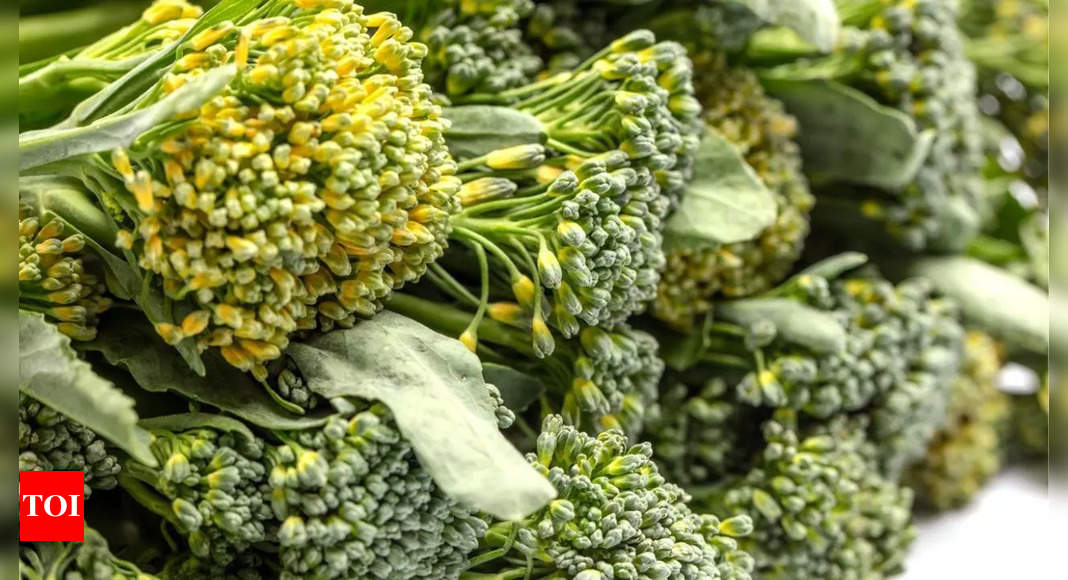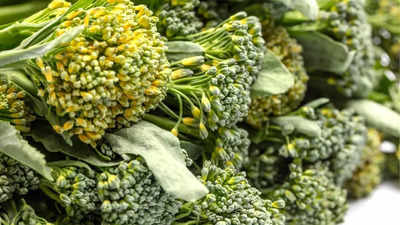
As diabetes continues to be one of the fastest-growing lifestyle diseases, it’s vital to manage it effectively to avoid serious complications. Many individuals are becoming more informed about diabetes and its associated risks, prompting shifts towards healthier lifestyle choices to combat the onset of this disease.
Understanding Prediabetes
Prediabetes is a condition characterized by blood sugar levels that are higher than normal but not yet elevated enough for a diabetes diagnosis. This stage can increase the likelihood of developing type 2 diabetes, along with a higher risk of heart disease and stroke. The encouraging news is that prediabetes can be reversed, often through simple dietary changes.
A Promising Study on Broccoli Extract
Prominent anti-aging advocate, Bryan Johnson, recently shared compelling findings on the benefits of broccoli extract for lowering blood sugar levels among prediabetics. A study published in Nature Microbiology revealed that individuals consuming broccoli extract experienced a reduction in fasting blood glucose levels by 0.3 mmol/l over 12 weeks.
The research involved 89 participants with elevated fasting blood sugar, all overweight or obese, and aged between 35 and 75 years. They were divided into two groups—one received sulforaphane (a compound found in broccoli), while the other was given a placebo, for a duration of twelve weeks. Out of the original participants, 74 completed all phases of the study.
Study Findings on Sulforaphane
Participants consumed a dried powder extract of broccoli sprouts, dissolved in water, providing them with 150 µmol of sulforaphane each day. They maintained their regular dietary and physical activity habits throughout the study. Notably, those who took the sulforaphane experienced a significantly greater decrease in fasting blood sugar levels compared to the placebo group.
A remarkable difference emerged particularly in those who were already showing early signs of mild age-related diabetes, who also had a lower BMI, reduced insulin resistance, and lower rates of fatty liver disease and insulin secretion.
In a collaboration with Professor Fredrik Bäckhed from the University of Gothenburg, researchers identified specific gut bacteria that interacted positively with sulforaphane, potentially amplifying the benefits of this beneficial compound found in broccoli. Participants taking sulforaphane exhibited fasting blood sugar levels that were 0.2 mmol/L lower overall; in specific clinical groups, this reduction was even more pronounced (up to 0.7 mmol/L), particularly among those possessing the beneficial gut bacterium.
Effective Broccoli Preparation Techniques
In his recent post, Bryan Johnson provided insights on how to prepare broccoli to maximize health benefits:
To optimize broccoli for blood sugar control, he recommends chopping it into small pieces and allowing it to rest for 40 minutes before cooking—whether steaming or boiling. This method plays a crucial role in activating sulforaphane, as the enzyme responsible for breaking it down (myrosinase) is released when the broccoli is damaged.
However, it’s essential to note that cooking can eliminate this enzyme. Thus, giving broccoli time after chopping before cooking ensures a higher concentration of active sulforaphane. If you’re pressed for time, adding mustard seed powder—which contains myrosinase—to your cooked broccoli can help restore sulforaphane formation.
For more detailed insights on this study and preparation methods, check out Bryan Johnson’s Twitter post.

Related Posts
Health Officials Confirm Measles Case in Austin, Not Linked to Texas Outbreak
Recently, health authorities confirmed a measles case in Austin, Texas, linked to an unvaccinated infant who encountered the virus during international travel. Most of the recent infections in Texas have…
Understanding Measles Outbreaks: Essential Insights on Virus Severity and Vaccine Efficacy
Measles cases are on the rise in West Texas, prompting the first reported death from the virus in the United States in the past decade. During a recent meeting with…









